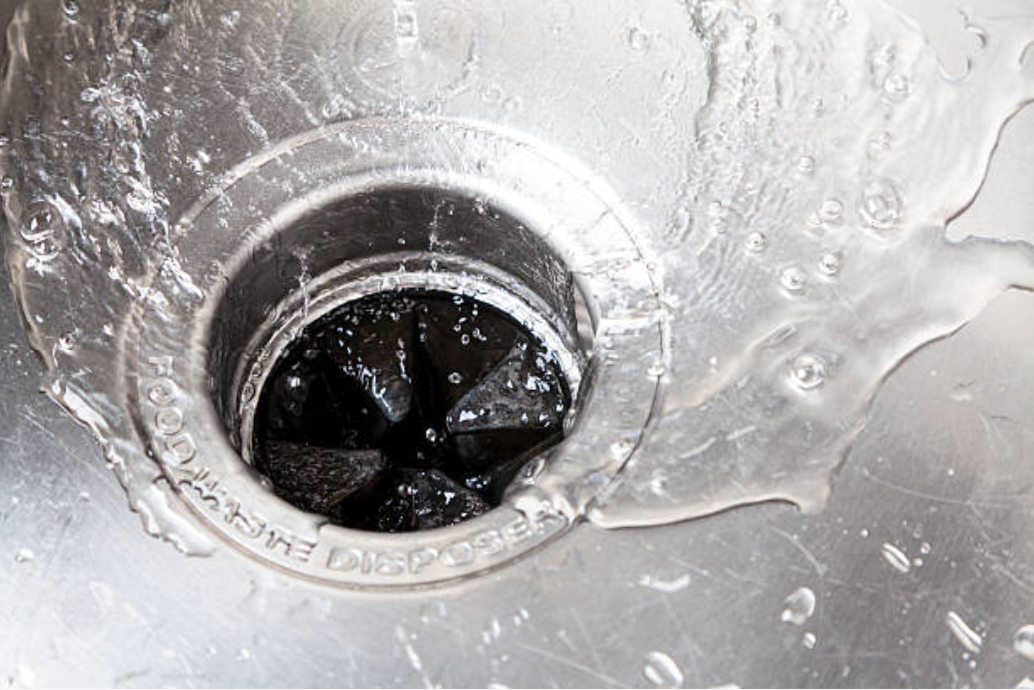There are many
home appliances that are taken for granted, and perhaps the most under appreciated is the humble waste disposer. This appliance is literally out of sight, so it is often out of mind, but the food waste disposer is not just useful and convenient, it can also help the environment.
The Extent of the Problem
The waste disposer is the first line of home defense against landfill food waste. Approximately 30 million tons end up in landfills every year, adding up to 18 percent of the total waste in the landfills in the U.S. These landfills produce environment harming greenhouse gasses, so reducing landfill waste is the key to a greener home. It is estimated by the USDA that approximately 133 billion pounds of wasted food each year in the US, which is about 30 percent of our country’s total food supply. Of the 250 million tons of trash generated each year, 31.79 million tons is food waste. Of this only 2.5 percent was recovered to be transformed into helpful environmental components. Food waste has grown tremendously in recent years, with the 2008 figures being more than double the 12.2 million tons in 1960. Fortunately, your humble food waste disposer can reduce this landfill waste and make your home greener.
How Your Food Waste Disposer Helps Reduce Landfill Waste
There are a number of reasons why a waste disposer can help to reduce landfill waste and those nasty greenhouse gasses. The main reason is that when you scrap your food, it doesn’t travel to a landfill, it is sent to a wastewater treatment facility. This means that the waste doesn’t just sit in a landfill contributing to greenhouse gas emissions. Instead, the food waste is fed to the microscopic organisms used in the wastewater treatment processes. When these microscopic organisms digest the particles of food waste, they produce methane that can be captured at the treatment facility to be used as a renewable energy source to power the facility.
If there are any residual particles remaining after the treatment process, it can be turned into soil conditioner or fertilizer products, so it is fed back to the earth to boost food production.
The process of disposing of food waste in water treatment means that every bit of waste is turned into a beneficial advantage. This creates exponential savings compared to simply sending the waste to landfill sites.
Dos and Don’ts to Use Your Waste Disposer
If you want to make the best of your waste disposer and ensuring the best environmental benefits, there are some dos and don’ts.
You should always run cold water when you use your disposer. This will allow the system to be flushed, preventing debris from settling inside your plumbing system. Avoid using hot water as this wastes energy. You can also freshen up your disposer by grinding lemons or other citrus fruit peels.
You should never pour any grease or oils down your drain. These liquids can harden and clog up your drain, causing damage to your disposal and the sewer system. You should also avoid trying to grind large volumes of food at one time; it is better to put smaller amounts into the disposal to avoid clogs and damage.
By Giovanni Longo President Flood Brothers Plumbing
Giovanni Longo is a 3rd generation master plumber who has been practicing his craft and trade in the greater Los Angeles area for well over a decade and a half. A plumbing and hydraulics-engineering innovator, Giovanni’s particular world-class expertise focuses on dealing with challenging sewer system designs as well as resolving complex commercial and residential draining issues. As a certified Flood Mitigation expert, he is also well versed in a wide variety of water damage and remediation solution.





